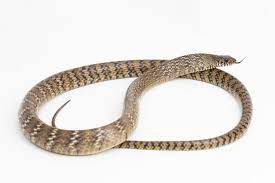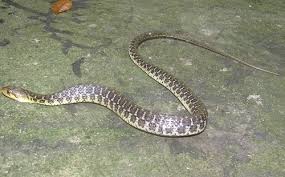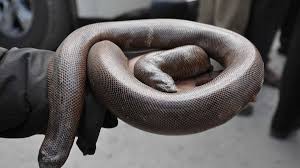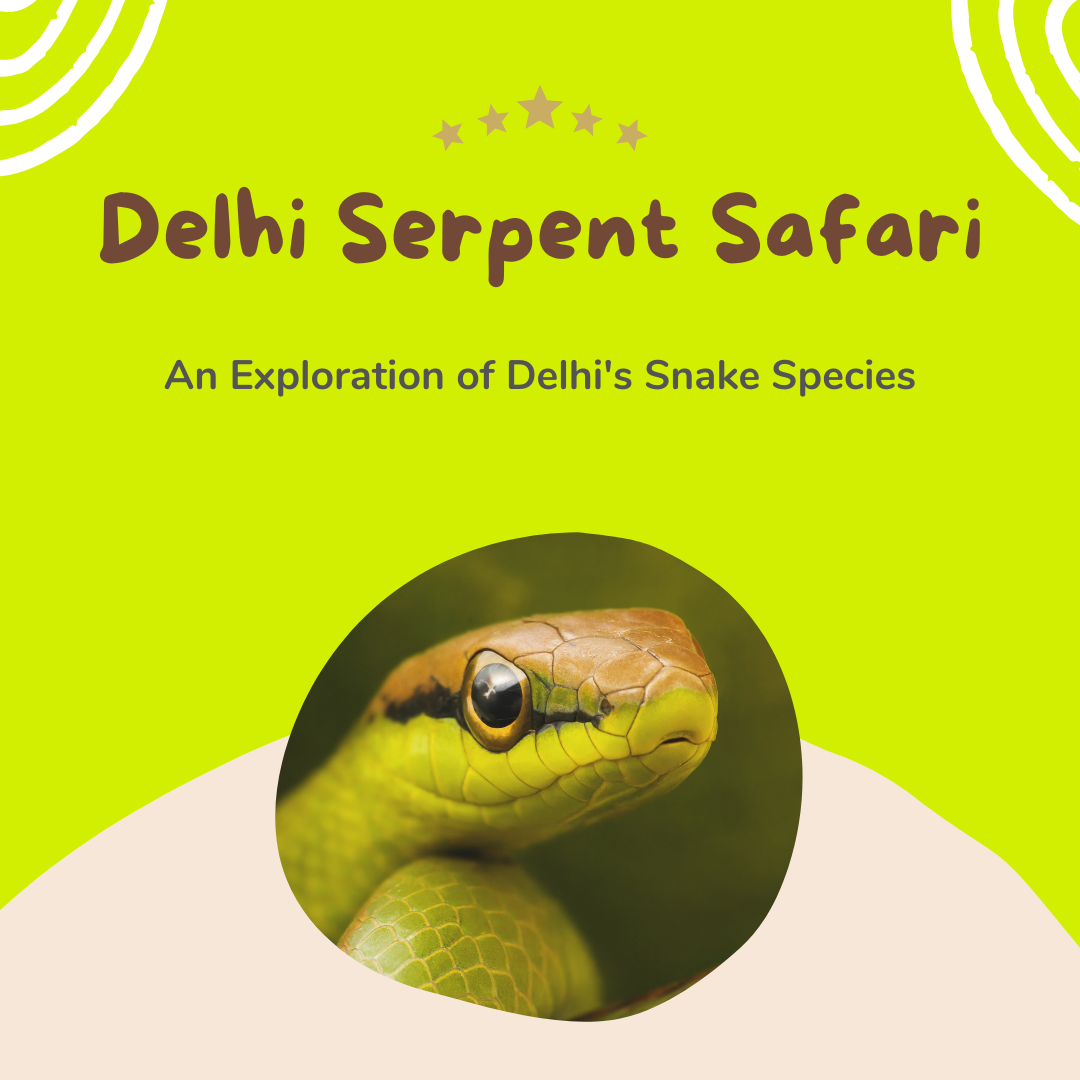Snakes are fascinating creatures that often invoke fear and intrigue in people around the world. In the bustling metropolis of Delhi, these slithering reptiles have made their homes amongst the concrete jungle and green spaces. Delhi is home to a diverse range of snake species, both poisonous and non-poisonous, making it an interesting location for snake enthusiasts and researchers alike.
The Non-Poisonous Serpents of Delhi
Among the diverse population of snakes in Delhi, several species are known for being non-venomous and thereby pose minimal risk to humans.
Indian Rat Snake, which adeptly controls the rodent population, thus contributing significantly to the urban ecosystem.

The Checkered Keelback, frequently spotted near water bodies.

The Red Sand Boa, often mistaken for its venomous counterparts due to its robust appearance, are also part of this harmless group.

These creatures, despite their fearsome reputation, play a vital role in maintaining ecological balance by preying on pests and smaller animals. Their presence in Delhi’s green spaces, from sprawling urban parks to the hidden nooks of residential gardens, showcases the city’s rich biodiversity. Understanding and respecting the place of these non-venomous snakes within the local ecosystem is essential for fostering a harmonious coexistence between humans and nature in this bustling metropolis.
Navigating Delhi’s Venomous Variety
Delhi’s biodiversity doesn’t stop at its non-venomous residents; the city also shelters a host of venomous snakes, necessitating caution and respect for these potentially dangerous neighbors. Among the venomous denizens :-
The Indian Cobra stands out with its iconic hood and potent neurotoxic venom, making it one of the most recognized and revered species in the region.

The Common Krait, another highly venomous snake, frequents the area. Its bites are particularly dangerous due to the neurotoxins present in its venom, which require immediate medical attention.

The Russell’s Viper, notorious for causing the most snakebite incidents in India, also finds its home in Delhi’s varied landscapes. These snakes, though venomous, play an indispensable role in controlling the populations of rodents and other pests, contributing to the ecological balance.

Awareness and education about these species, their behavior, and their habitats can significantly reduce the risk of unwanted encounters. Acknowledging their presence and understanding the signs that may indicate nearby venomous snakes can help in navigating the city’s spaces more safely, ensuring a respectful coexistence with these remarkable yet perilous creatures.
Snake Habitats Within Urban and Rural Delhi
The varied landscapes of Delhi provide a mosaic of habitats for its snake population, creating a unique dynamic between these reptiles and the city’s human residents. In the more urbanized sectors, snakes often find refuge in parks, gardens, and abandoned lots where overgrown vegetation offers shelter and a supply of rodents and other prey. These green spaces act as mini sanctuaries amidst the concrete, allowing snakes to thrive even in densely populated areas.
On the outskirts and in rural parts of Delhi, snakes inhabit agricultural fields, where they play a critical role in controlling pest populations, as well as in forested areas and near water bodies, such as rivers and lakes, where the ecosystem is more intact and less disturbed by human activity. Here, the natural vegetation and water sources provide an ideal environment for both non-venomous and venomous snakes. The contrast between urban and rural habitats illustrates the adaptability of snakes to diverse environments and underscores the importance of maintaining natural spaces within and around the city. By understanding where these creatures live, efforts can be more effectively directed towards preserving their habitats and fostering a city that respects its wild inhabitants.
Coexisting with Snakes: Tips and Advice
To foster a peaceful cohabitation with the snake population in Delhi, adopting certain measures can significantly mitigate the chances of unpleasant encounters. Keeping living areas, especially gardens and backyards, tidy by regularly clearing away underbrush and piles of wood or leaves can discourage snakes from seeking refuge in these spaces. It’s equally important to ensure that potential entryways into homes, such as gaps under doors or uncapped vents, are securely sealed to prevent snakes from entering.
When venturing into areas where snakes are known to reside, such as parks or the outskirts of the city, wearing appropriate footwear and remaining vigilant can reduce the risk of accidentally stepping on or disturbing these reptiles. In the event that a snake is encountered, maintaining a safe distance and resisting the urge to provoke or capture the animal is crucial. Instead, slowly back away and allow the snake to continue on its path. Should a snake make its way into a residential area or home, resisting the urge to deal with it personally is wise.
Contacting professional snake catchers or local wildlife conservation organizations who can safely capture and relocate the snake is the recommended course of action. By implementing these practices, residents can contribute to creating a safer environment for both humans and snakes in Delhi.
Conservation Efforts for Delhi’s Snakes
In the heart of India’s capital, ongoing initiatives aim to shield both venomous and non-venomous snakes from the threats of urban expansion and habitat loss. Dedicated wildlife organizations, alongside governmental bodies, are spearheading efforts to enlighten the public about the critical role snakes play in Delhi’s ecosystem. These groups conduct workshops and educational programs to dispel myths and foster a more snake-friendly perspective among the city’s inhabitants. Additionally, snake rescue and rehabilitation services are in place to address human-snake conflicts, providing immediate aid for snakes that wander into human dwellings or are injured.
Conservation strategies also include preserving and restoring natural habitats to ensure snakes have undisturbed areas to thrive. This involves protecting green spaces within the urban sprawl and supporting policies that safeguard the rural and forested outskirts where snake populations are denser. Active community engagement, through reporting sightings and participating in habitat clean-up drives, further bolsters the city’s efforts to maintain a balanced coexistence with its slithering denizens.

